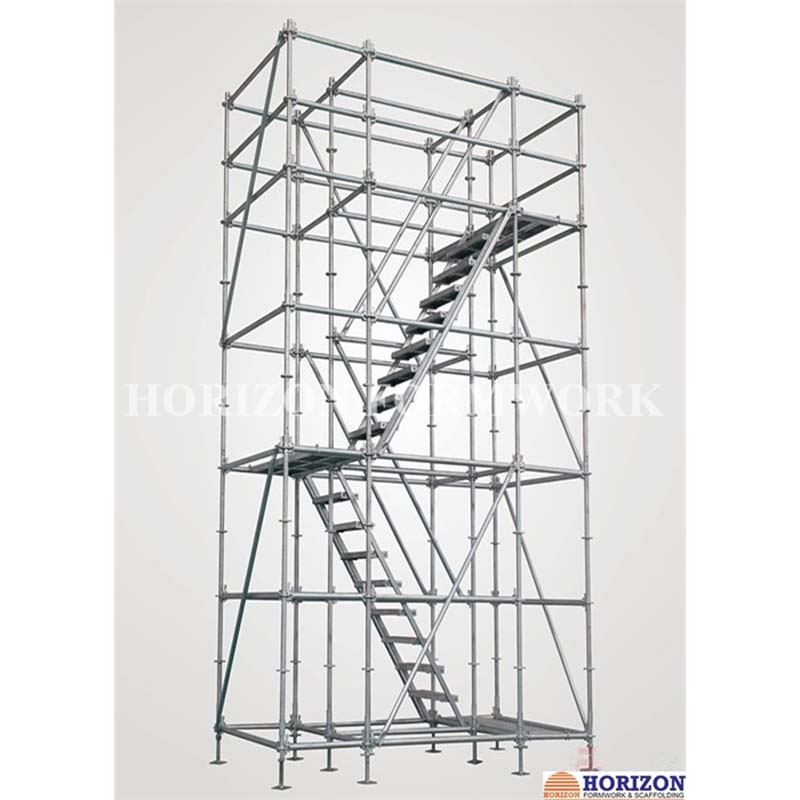Nov . 11, 2024 12:41 Back to list
formwork system
Understanding Formwork Systems in Construction
Formwork systems play a fundamental role in the construction industry, serving as temporary or permanent molds into which concrete or similar materials are poured to create structural elements like beams, walls, and foundations. These systems are essential for ensuring that the concrete maintains its intended shape and strength during the curing process. As buildings become taller and more complex, the significance of advanced formwork systems becomes even more pronounced.
Types of Formwork Systems
There are various types of formwork systems, each with its own unique characteristics and applications. The major types include traditional timber formwork, modular formwork, and climbing formwork.
1. Traditional Timber Formwork This is one of the oldest forms of formwork systems. It involves the use of timber planks and plywood frames to create a mold for the concrete. While timber is readily available and relatively inexpensive, it often requires skilled labor for assembly and dismantling, and is less adaptable to complex designs.
2. Modular Formwork Modular formwork systems are made up of prefabricated panels that can be easily assembled and disassembled. These systems are advantageous for their speed of installation and reusability. They provide a more uniform finish and can be utilized for various structural designs, making them a preferred choice for medium to large-scale construction projects.
3. Climbing Formwork Used primarily for high-rise construction, climbing formwork systems are lifted vertically as construction progresses. This approach allows for continuous pouring of concrete and reduces the need for scaffolding, leading to increased efficiency and safety on site.
Advantages of Modern Formwork Systems
formwork system

The benefits of utilizing advanced formwork systems are numerous. First and foremost, they enhance efficiency in construction. Since many modern formwork solutions are lightweight and easy to handle, they significantly reduce the time required for assembly and disassembly. This time-saving feature directly correlates with reduced labor costs and accelerated project timelines.
Furthermore, modern formwork systems offer improved safety features. Well-designed formwork reduces the risk of accidents associated with falls or collapses, thus ensuring a safer working environment for construction personnel.
In addition to safety and efficiency, modern formwork systems can enhance the quality of construction. The precision of prefabricated panels and modular components leads to a smoother finish on concrete surfaces, which may minimize the need for additional treatments or finishes post-construction.
Environmental Considerations
With the increasing emphasis on sustainability in construction, many formwork systems are designed to be environmentally friendly. Reusable systems minimize waste and require fewer raw materials over the lifecycle of a project. Innovations in materials, such as plastic or composite formwork, contribute to environmental sustainability by reducing reliance on timber and enabling more energy-efficient construction processes.
Conclusion
In summary, formwork systems are integral to the success of construction projects, offering various options suited to different applications and designs. As the construction industry continues to evolve, the adoption of innovative formwork solutions will likely expand, improving efficiency, safety, and environmental impact. For engineers and contractors, staying informed about the latest advancements in formwork technology is crucial for delivering high-quality structures that meet the demands of modern architecture. As we look toward the future of construction, the importance of effective formwork systems cannot be overstated, making them an essential topic for industry professionals.
-
High-Quality U Head Jack Scaffolding – Reliable Scaffolding Jack Head Manufacturer & Factory
NewsJul.08,2025
-
High-Quality I Beam H20 Leading Timber Beam H20 Material Factory, Exporters & Manufacturers
NewsJul.08,2025
-
High-Quality Powder Coating Steel Formwork - Durable & Corrosion Resistant Solutions
NewsJul.07,2025
-
Inclined Column Formwork Supplier – Durable & Precise Solutions for Unique Structures
NewsJul.07,2025
-
High-Quality Water Stop Solutions Trusted Water Stop Company & Suppliers
NewsJul.07,2025
-
High-Quality Formwork Material Supplier Reliable Manufacturer & Factory Solutions
NewsJul.06,2025